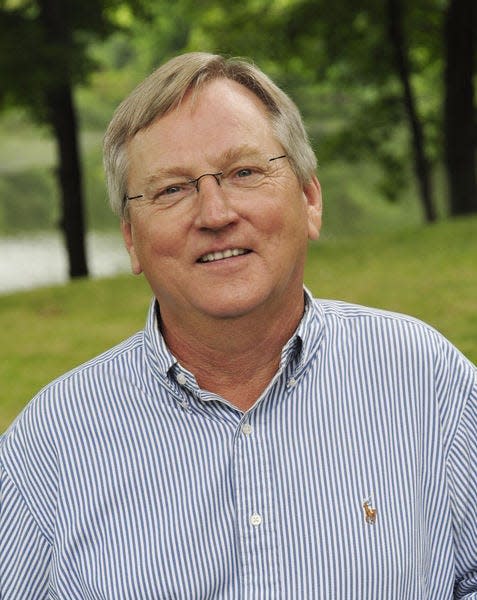When stupid bankers make stupid choices, stupid things happen

Even before the latest round of billion-dollar belly flops, U.S. taxpayers have bailed out banks of all types, sizes and locations for decades.
But don’t take my word for it.
Prior to 2023 — that is, before the $1.8-billion bath Silicon Valley Bank took last month — 563 American banks have failed since 2001, according to the Federal Deposit Insurance Corp., or FDIC.
Market Basket: Essence Restaurant offers a unique, upscale dining experience in downtown Elkhart
Maybe more shocking is that 513 of these failures occurred after the 2008 economic meltdown with the high — or, more accurately, the low — point coming in 2010 when 157 U.S. banks tanked at a cost of $96.5 billion.
The simple, clear lessons here are that, first, bank failures occur often in the U.S.; second, most happen completely unnoticed; and third, none — as in zero — caused the American banking system to fail in 90 years. In fact, “Since 1933,” rightly brags the FDIC, “no one has lost money due to a bank failure.”
That astonishing record might soon be tested, however, now that Congress has its investigative teeth into the cooked carcass of Silicon Valley Bank. According to reports surrounding its March 10 collapse, $175 billion of SVB’s $209 billion in assets were held in uninsured accounts, much of it by cash-heavy tech start-up companies and fat cat venture capitalists.
FDIC quickly stepped in, though, to guarantee every penny of the uninsured billions because, as banking experts explain, not doing so might ignite a stampede of depositors around the U.S. to rush to withdraw their now-endangered, under-insured deposits to spur a classic “bank run.”
Farm and Food: Ag trade deficits — not surpluses — may be the new normal
It’s not the first time FDIC covered every deposit of a failed bank. In fact, according to anecdotal evidence offered by several news sources after the SVB action, no deposit holder, regardless of their deposit amount, has ever lost a skinny cent in any American bank failure for generations. FDIC has covered it all.
In the latest round of coverage, however, the Federal Reserve reinforced the unofficial FDIC backstop when it “announced that it was creating a lending facility for the nation’s banks, designed to buttress them against financial risks caused by [the] collapse of SVB.”
In short, FDIC’s unofficial backstop is now officially unofficial and, as a result, banking just got a whole lot less risky. Unofficially, that is.
What wasn’t left unsaid, however, is who will pay for this new lend-and-spend era in American banking.
According to Washington Post reporting, “Treasury Secretary Janet L. Yellen said that taxpayers would bear none of the burden of protecting depositors.” Instead, she explained, “Their funds will be backstopped by a pool of money that is regularly paid into by U.S. banks …”
Which, in the end, is you, me and everyone else who uses any banks’ soon-to-be more expensive services.
And, notes Axios, “Regulators and supervisors may stiffen up oversight in the wake of the [SVB] collapse.” More regulations usually bring more costs that, again, will ultimately be paid by bank customers.
Those costs will add to the profit squeeze most small and rural banks have operated under for decades. In 1984, for example, the U.S. had nearly 24,000 banks; today, less than 5,000 remain. Between 2017 and 2021, 7,500 U.S. bank branch locations closed; more than 4,000 of them after the rise of the COVID pandemic in March 2020.
On top of this pressure to consolidate, small community banks face a rising tide of competition from almost every direction — credit cards and other non-bank lenders, industrial loan companies, cashless online banks, and the quasi-governmental Farm Credit System institutions that dominate ag lending in almost every U.S. state, county and township.
Tax Talk: Rhetoric vs. real losses: Which can be claimed on an income tax return?
Congress promises more and deeper inquiries into SVB’s collapse and how its fast, costly fire sale of assets spotlights inherent weaknesses in the U.S. — and global — financial sector.
In the midst of all the political grandstanding, however, don’t lose sight of the oldest rule in banking: When stupid bankers make stupid choices, stupid things happen.
That’s SVB in a nutshell. Blaming its crack-up on anything more is, you guessed it, stupid.
Alan Guebert is an agricultural journalist. See past columns at farmandfoodfile.com. © 2022 ag comm
This article originally appeared on South Bend Tribune: U.S. taxpayers bailing out banks for decades
